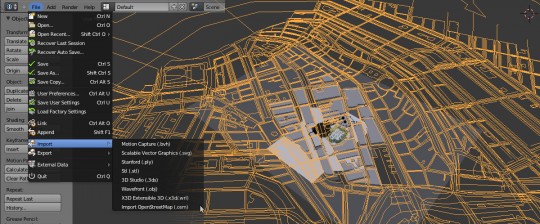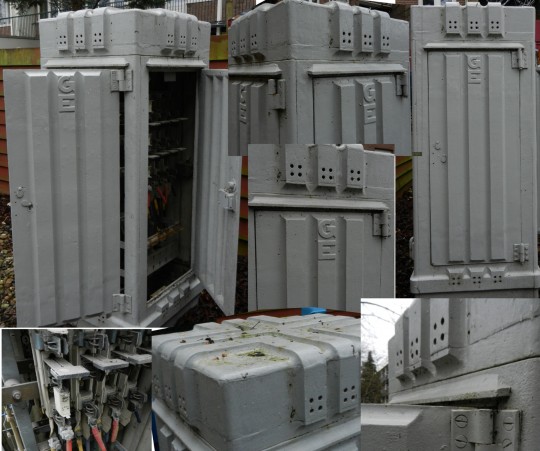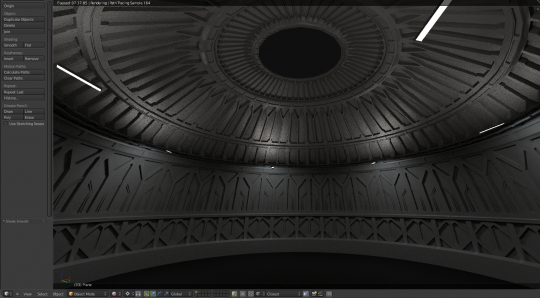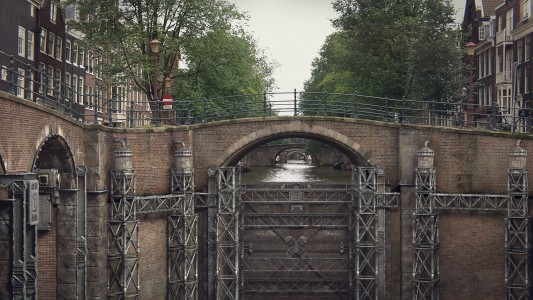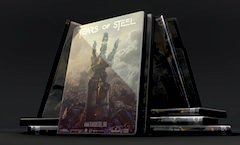With the production start of project Mango getting close it’s a good idea to test your own workflow a bit … because when instead you’re swamped with tons of work you can’t spend time thinking how to make things smarter and faster. So I tried to put together some questions and topics that always bothered me when I do environment models and shaders. Nothing amazing or innovative, but hopefully good for speeding up work, here’s what I came up with:
You got to love a carefully painted custom texture map, with all those subtle (or strong) weathering effects placed in the right spots just for that object.
Only issue: painting textures takes a lot of time! :)
Speaking of environments, that’s a real issue: your environment is often made of tons of different pieces, all quite detailed as models but not that important by themselves to afford the time for accurate custom painting. In my experience, in arch.viz. you only can afford tileable textures and no custom painting, in games you have to custom paint, and in movies you ‘simply’ need the best quality and realism…
Still, in any case it could be handy to have some kind of automation to get some weathering effects (based on the shape of the object) without custom painting, and keeping the unwrap phase reasonably fast. ‘Automation’ for this stuff won’t help quality much, but speeds things up. So it’s good for minor objects or as a base for important ‘hero’ pieces.

That’s the idea behind the tests below, dealing with: batch-bake of AO/dirtmaps, unwrapping multiple objects together, node shaders (cycles in particular)
Continue

